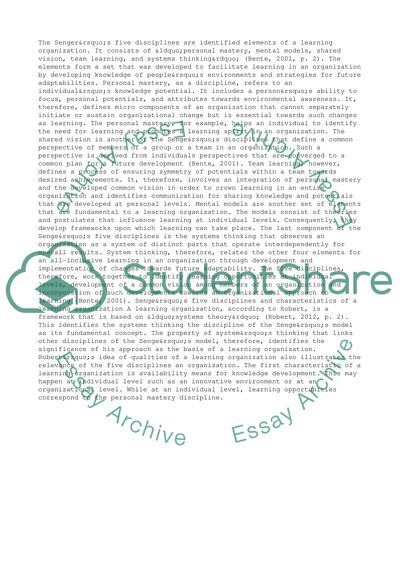Cite this document
(“Senges Five Disciplines and Their Applications Research Paper”, n.d.)
Senges Five Disciplines and Their Applications Research Paper. Retrieved from https://studentshare.org/management/1460722-sengeyies-five-disciplines-and-their-applications
Senges Five Disciplines and Their Applications Research Paper. Retrieved from https://studentshare.org/management/1460722-sengeyies-five-disciplines-and-their-applications
(Senges Five Disciplines and Their Applications Research Paper)
Senges Five Disciplines and Their Applications Research Paper. https://studentshare.org/management/1460722-sengeyies-five-disciplines-and-their-applications.
Senges Five Disciplines and Their Applications Research Paper. https://studentshare.org/management/1460722-sengeyies-five-disciplines-and-their-applications.
“Senges Five Disciplines and Their Applications Research Paper”, n.d. https://studentshare.org/management/1460722-sengeyies-five-disciplines-and-their-applications.


